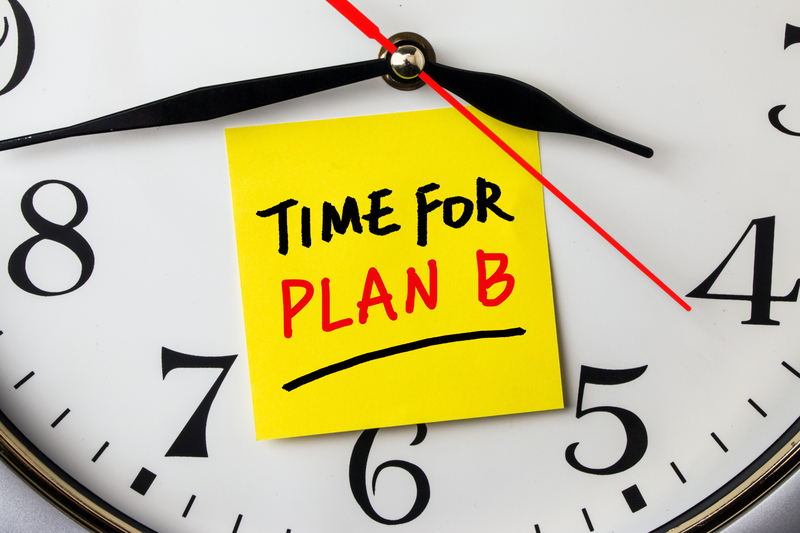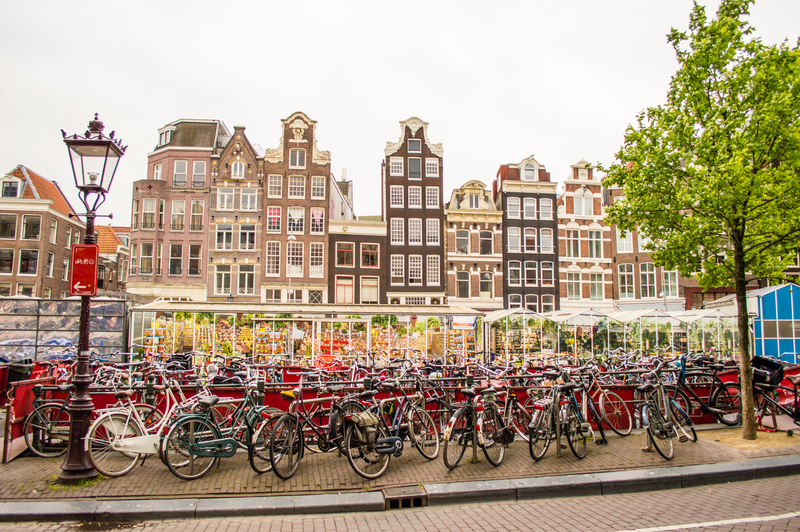Unlocking the Secrets to Safe Piano Transport and Why Not to Go Solo
There's something magical about the piano, whether it's the soulful grand in a concert hall or a cherished upright from your childhood home. But when it comes time to move it--across the room, across town, or even across states--the challenges can be daunting. Many piano owners contemplate moving a piano by themselves, hoping to save money or time. However, unlocking the secrets to safe piano transport involves more than heavy lifting. Read on to discover why piano transportation requires expertise, what risks to avoid, and how professionals can guarantee both safe piano moving and your instrument's long-term integrity.

Understanding the Complexities of Piano Transport
More Than Meets the Eye: The Anatomy of a Piano
Pianos are far more than elegant pieces of furniture. Each instrument, from grand to spinet, is an intricate fusion of wood, strings, felt, and metal. The average piano contains over 10,000 parts and weighs anywhere from 300 pounds (upright) to 1,200 pounds (concert grand). Their combination of weight, delicate mechanisms, and odd shapes makes safe piano relocation challenging.
- Weight Distribution: Uprights are deceptively top-heavy, while grands have cumbersome, irregular shapes.
- Internal Fragility: Keys, pedals, and the soundboard are all vulnerable to shock and stress.
- Finishes Matter: Scratches or dings can ruin both the look and value of your piano.
Risks of DIY Piano Moving
Though it may be tempting to try moving your piano alone or with a couple of friends, going solo can be catastrophic for both instrument and mover. The potential dangers include:
- Personal Injury: Strained backs, crushed fingers, and even broken limbs.
- Instrument Damage: Cracks in the case, snapped legs, broken keys, and internal component misalignment.
- Property Damage: Gouged floors, smashed door frames, and scrapes along walls.
- Expense: Cost of repairs often surpasses what you saved by not hiring professionals.
In short, safe piano transport isn't just about brute strength--it's a delicate, technical operation.
The Secrets Behind Safe Piano Transport
Expert Techniques and Specialized Tools
Professional piano movers use a range of industry secrets to keep both pianos and people safe. Here's how they do it:
- Assessment: Pros evaluate your piano's size, weight, access points, and route obstructions.
- Padding and Protection: Thick blankets, shrink wrap, and custom skids shield every surface.
- Disassembly: For grands, removing legs, pedals, and lids minimizes risk.
- Specialized Equipment: Heavy-duty dollies, hump straps, and even built-in ramps help navigate stairs and tight spaces.
- Teamwork: Movers use clear communication and coordinated lifting to avoid mishaps.
Why Not to Move a Piano By Yourself
Moving a piano without professional help almost always ends in regret. Here's why you shouldn't go it alone:
-
Unmatched Experience:
Professionals have years of training and know how to maneuver pianos of all shapes and sizes, even up and down stairs or into small elevators. -
Insured Service:
Should something go wrong, legitimate movers offer insurance on both your property and the instrument itself. DIY moves have no such protection. -
Right Tools for the Job:
Most homeowners simply don't have the correct dollies, harnesses, and padding materials required for safe piano moving. -
Reduced Injury Risk:
A piano can crush toes, splinter wood, or cause lasting back injuries. Let experts take on that risk. -
Guaranteed Results:
Movers deliver your instrument in playing condition, ready to fill your new space with music from day one.
Step-by-Step: How Professionals Move a Piano Safely
1. Inspection and Planning
Pros begin by inspecting the piano and the environment. They'll map out the shortest, safest route, accounting for stairs, doorways, and landings.
2. Preparation
Movers prepare by wrapping the piano with thick blankets, securing all moving parts with tape or straps, and--if needed--removing any detachable components, such as music stands or pedals.
- Grand Piano Moving Secret: Legs and lyres are usually unscrewed, then the body is carefully tilted and placed on a padded skid for safe transport.
- Upright Pianos: Movers often use board lifts and dollies for urban apartment moves, ensuring nothing jostles loose on stairs or in elevators.
3. Lifting and Loading
Here's where the magic happens: Using coordinated strength, movers gently lift the instrument onto a dolly, keeping it upright and balanced at all times. They employ custom straps and ramps to load the piano onto a truck with no sudden shocks or drops.
4. In-Transit Safety
During the move, the piano is secured with straps and more padding inside the truck. This keeps it from shifting, even on bumpy roads or tight turns.
5. Delivery and Reassembly
Once at your destination, movers reverse the process: unloading with care, reattaching parts, and ensuring everything is level. They'll often help with initial tuning advice and final placement.
Piano Moving Mistakes to Avoid
Taking the DIY route can lead to classic mistakes. Here's what to avoid for safe piano transportation:
- Improper Lifting: Using incorrect lifting techniques causes injuries and damages the instrument's frame.
- Lack of Padding: Unprotected edges will inevitably get nicked or gouged during a move.
- Transporting on Sides: Never tip a piano onto its back or side! Doing so can break the inner harp or damage delicate action components.
- Ignoring Weight Distribution: Misjudging the balance leads to tip-overs and accidents on stairs or ramps.
- Using the Wrong Vehicle: Passenger vans or pickup trucks lack the right tie-down points and surface stability, risking major damage.
Tips for Preparing Your Piano and Home for Safe Transport
What Piano Owners Can Do
While the heavy lifting is for professionals, you can help ensure a seamless move. Here's how:
- Clear the Path: Remove rugs, furniture, and obstacles from all hallways, doorways, and stairs leading to the moving truck.
- Secure Pets and Kids: Make sure children and animals are kept away from the moving area for safety.
- Note Special Requirements: Tell movers about narrow stairs, low ceilings, or unique architectural features ahead of time.
- Prepare Your New Space: Decide exactly where you want your piano in your new home--mark it with painter's tape if needed.
After the Move: Piano Care
Even with safe piano moving practices, a piano may need a professional tuning after settling into its new environment. Changes in humidity and temperature can affect wood and string tension. Schedule a technician for a tune-up within the first few weeks post-move.
Choosing the Right Piano Moving Service
Key Questions to Ask
To ensure a safe and hassle-free piano transport experience, ask potential moving companies:
- Are you licensed and insured?
- How much experience do you have with piano moving?
- What specific equipment do you use?
- Will you provide references from past piano moves?
- Do you offer written estimates and contracts?
What Sets the Experts Apart?
The best piano movers have a proven track record, positive reviews, and transparent pricing. They'll be happy to explain their process and even walk you through the route ahead of moving day. Some offer climate-controlled moving trucks and post-move piano tuning.
Safe Piano Transport vs. DIY: Myths & Facts
| MYTH | FACT |
|---|---|
| "I just need some strong friends." | Professional movers rely on technique & equipment, not just muscle. |
| "Blankets are enough to protect my piano." | While helpful, pros use high-density padding, skids, & braces designed for pianos. |
| "If it fits through the door, it's safe." | Pianos can be damaged by bumps, vibration, and even angle changes if not handled properly. |
| "Special moving equipment is unnecessary." | Without ramps, dollies, and straps made for heavy instruments, accidents are far more likely. |

The Long-Term Benefits of Safe Professional Piano Transport
- Preserves Value: Intact casing and undisturbed internal parts maintain your piano's market and sentimental value.
- Ensures Sound Quality: Proper moving prevents unintentional detuning and damage to the soundboard or action.
- Reduces Risk: Professional insurance covers costly accidents, unlike personal liability in DIY moves.
- Saves Time and Stress: Entrusting experts saves hours, possible injury, and peace of mind.
- Protects Your Home: Walls, floors, and doors stay scratch-free when handled by trained pros.
Conclusion: Unlock the Secret--Don't Go Solo
When faced with the task of relocating a cherished piano, remember: Unlocking the secrets to safe piano transport means trusting trained professionals. The risks, both to you and your invaluable instrument, far outweigh any do-it-yourself savings. Invest in expert movers, prepare your home, and enjoy the reward of music in your new space--unaltered, undamaged, and absolutely harmonious.
For anyone seeking the safest, most reliable way to relocate a piano, professional piano movers provide unmatched protection, peace of mind, and unparalleled expertise. Whether it's a priceless concert grand or a beloved family heirloom, don't gamble with its future. Your piano deserves the best--the secret is out, and it's not a solo act.



